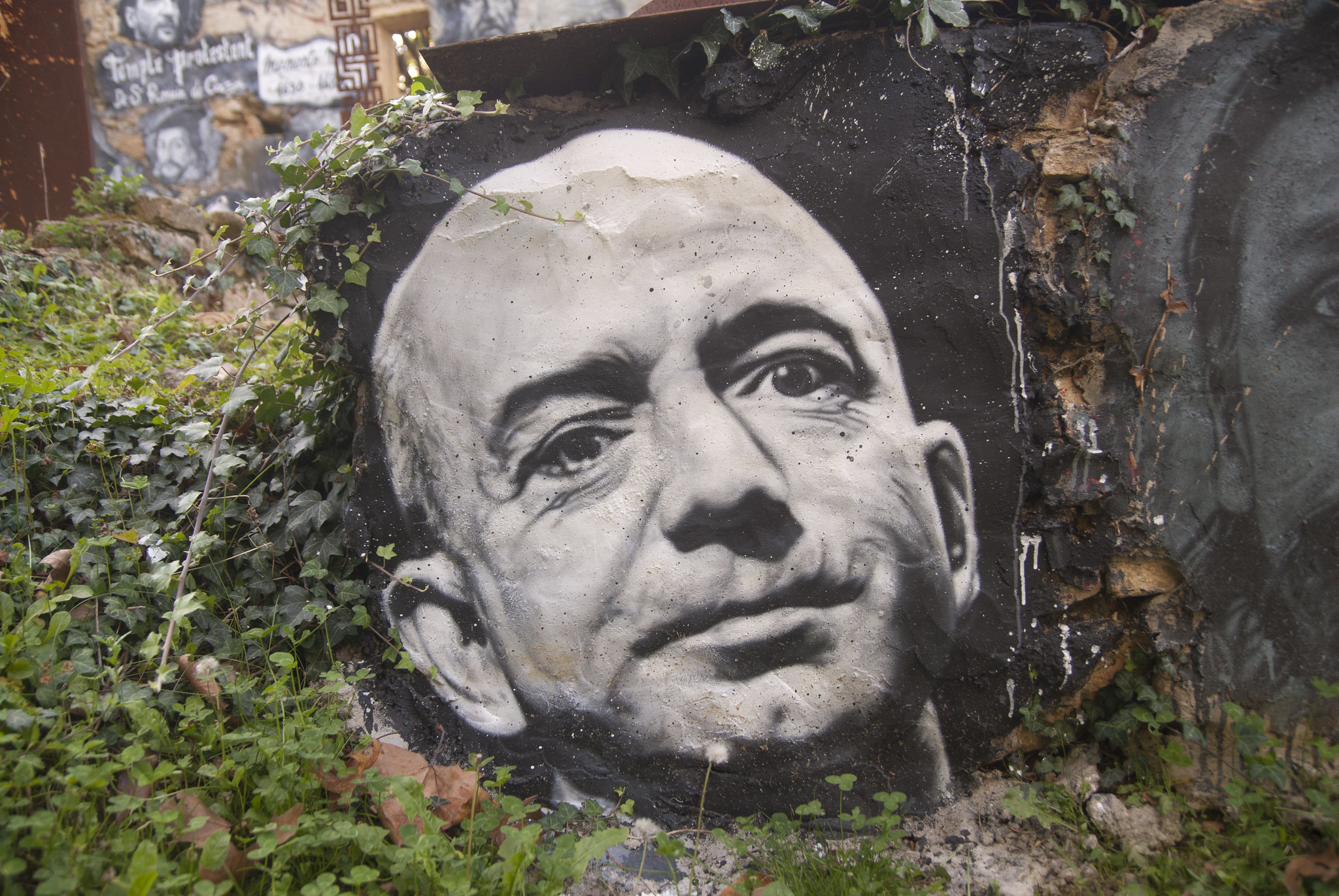Should we be worried about deepfake videos? Well, sure. But I’ve tended to think that some skepticism is warranted.
My leading example is a 6-year-old video of then-House Speaker Nancy Pelosi in which we are told that she appears to be drunk. I say “we are told” because the video was simply slowed down to 75%, and the right-wing audience for whom it was intended thought this crude alteration was proof that she was loaded. Who needs deepfakes when gullible viewers will be fooled by such crap? People believe what they want to believe.
But the deepfakes are getting better. This morning I want to call your attention to a crucially important story in The New York Times (gift link) showing that deepfakes powered by artificial intelligence are causing toxic damage to the political and cultural environment around the world.
“The technology has amplified social and partisan divisions and bolstered antigovernment sentiment, especially on the far right, which has surged in recent elections in Germany, Poland and Portugal,” write reporters Steven Lee Myers and Stuart A. Thompson. A few examples:
- Romania had to redo last year’s presidential election after a court ruled that AI manipulation of one of the candidates may have changed the result.
- An AI-generated TikTok video falsely showed Donald Trump endorsing a far-right candidate in Poland.
- Another fake video from last year’s U.S. election tied to Russia falsely showed Kamala Harris saying that Trump refused to “die with dignity.”
As with the Pelosi video, fakes have been polluting the media environment for a long time. So I was struck by something that Isabelle Frances-Wright of the Institute for Strategic Dialogue told the Times: Before AI, “you had to pick between scale or quality — quality coming from human troll farms, essentially, and scale coming from bots that could give you that but were low quality. Now, you can have both, and that’s really scary territory to be in.”

In other words, disinformation is expanding exponentially both in terms of quality and quantity. Given that, it’s unlikely we’ll see any more Russian-generated memes of a satanic Hillary Clinton boxing with Jesus, a particularly inept example of Russian propaganda from 2016. Next time, you’ll see a realistic video of a politician pledging their eternal soul to the Dark Lord.
And since I still have a few gift links to give out before the end of month, here’s a Times quiz with 10 videos, some of which are AI fakes and some real. Can you tell the difference? I didn’t do very well.
So what can we do to protect our political discourse? I’m sure we can all agree that it’s already in shockingly bad shape, dominated by lies from Trump and his allies that are amplified on Fox News and social media. As I said, people are going to believe what they want to believe. But AI-generated deepfake videos are only going to make things that much worse.










